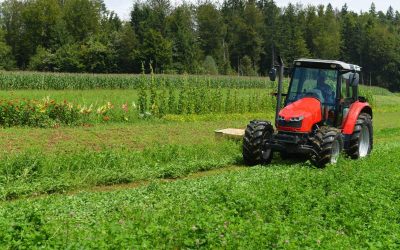According to the World Economic Forum, food systems are responsible for 25% of global greenhouse-gas emissions, 70% of freshwater withdrawals, and 60%–70% of biodiversity loss. This translates to irreversible climate change, which is expected to worsen without proper mitigation measures. Carbon farming is the answer to this predicament. It involves trapping carbon from the atmosphere, where it causes global warming, and storing it in the soil to aid plant growth. To understand this phenomenon better, here’s an overview of the carbon farming principle and how it mitigates climate change.
How the Carbon Farming Principles Work
Carbon farming technology and principles include a variety of farming methods that focus on absorbing atmospheric Carbon dioxide and storing it in the soil. This means using plant cover to trap the carbon and deposit it into soil carbon when the plant matter decomposes. Therefore, this carbon is stored in the soil as organic matter, aiding the growth and development of subsequent plants. The farming variations include:
• Reduced tillage by using cover crops that don’t require tilling to retain carbon in the soil.
• Using organic mulch to cover the soil to prevent carbon loss.
• Spread compost on the soil surface since it’s rich in stable carbon.
• Rotating livestock in a series of paddocks to allow foraging.
How Carbon Farming Mitigates Climate Change
• Reduced tillage, mulch, and compost prevent carbon from oxidizing into the atmosphere. This reduces CO2 in the atmosphere.
• Carbon sustains plant growth and hence reduces the use of chemicals such as fertilizer that degrades the soil.
• Carbon farming requires more plant cover, which may include trees. Hence it is easy to increase green cover that averts climate change.
Climate change is threatening human existence requiring proper mitigation measures. Carbon farming reduces atmospheric carbon by trapping it in the soil to reduce climate change. This means reducing greenhouse gas and soil deterioration and improving yields.



